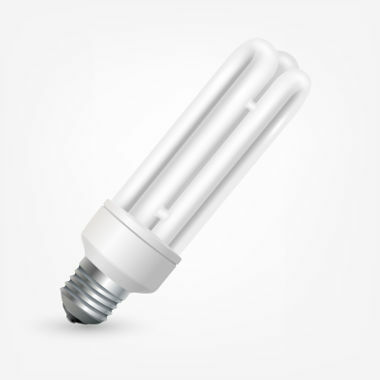Chemist, inventor and noted German professor born in Göttingen, inventor of the apparatus that bears his name, the Bunsen burner, a gas burner device that produces a flame with high calorific power, with which he began a pioneering study of spectral analysis (1859). Son of a philology professor and librarian at the local university, he graduated in chemistry at age 19 and was professor at the University of Kessel (1834) and then in Marburg, Breslau and finally in Heidelburg, the city where he died, (1852-1899).
Dedicated to teaching and scientific research in various fields of chemistry, physics and geology, he gained prestige as an extremely ingenious experimenter. He found that iron oxide was an important antidote to arsenic and its compounds (1834). He researched organic compounds and gases and later with electric currents (1837-1842), when he established the premises for the investigation of organometallic compounds and invented a new type of cell, with which he obtained a more powerful electric current, which allowed him, by electrolytic processes, to isolate chromium, manganese, magnesium, aluminum and other metals (1841).
With the German Gustav Kirchhoff, he developed spectral analysis (1859), which provided input for chemists and astronomers. In collaboration with Kirchhoff, he established spectral analysis and thus discovered cesium and rubidium (1861). He perfected electrolytic processes and invented several other devices of great practical use in laboratory, among them the coal pile, the ice (1870) and devapor (1887) calorimeters and the horn of water. His best known invention is also one of the simplest and most constant equipment in any laboratories that develop chemical processes, was the Bunsey burner (1854), an equipment used for heating by combustion of gas.
He also left his name on the devices used in Physics forever: Bunsen effusiometer, a device that allows the determination of the density of a gas by measurement of the flow velocity of this through a small hole, and the Bunsen photometer, a device to compare light intensities from two sources of light. His studies also allowed for the first research on dissolved gases in blood. He published a classic work, Gasometrische Methoden (1857), on blast furnace gases and recommended techniques for measuring and controlling industrial production, and he died in Heidelberg.
Figure copied from MSU CHEMISTRY HOME:
http://poohbah.cem.msu.edu/
Source: http://www.dec.ufcg.edu.br/biografias/
Order R - Biography - Brazil School
Source: Brazil School - https://brasilescola.uol.com.br/biografia/robert-wilhelm.htm

